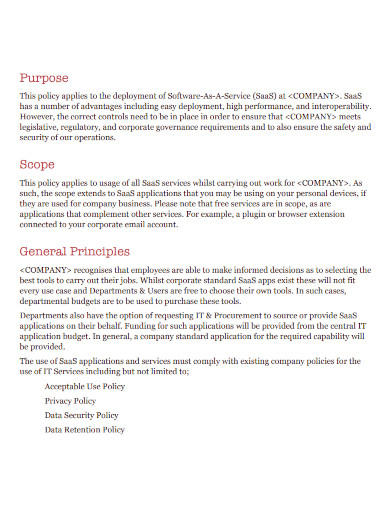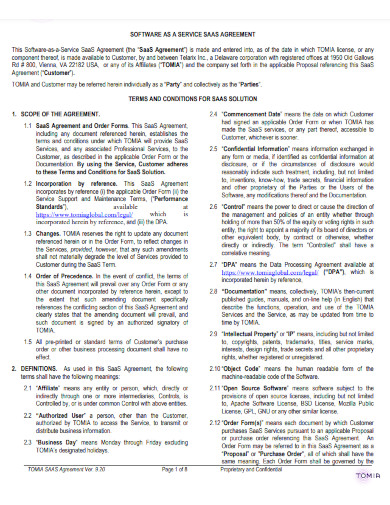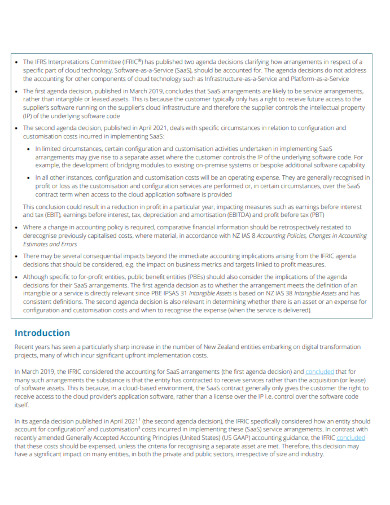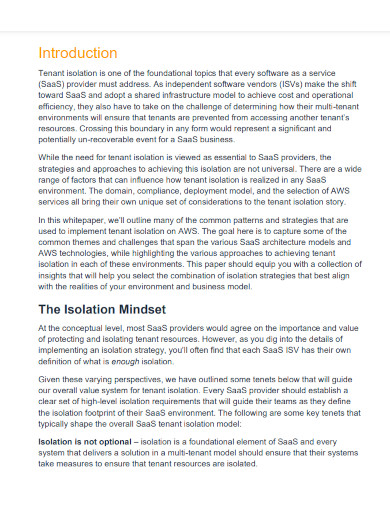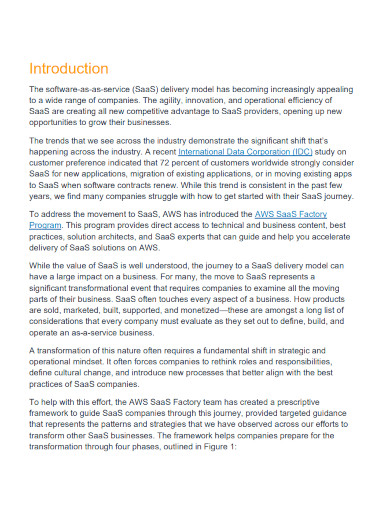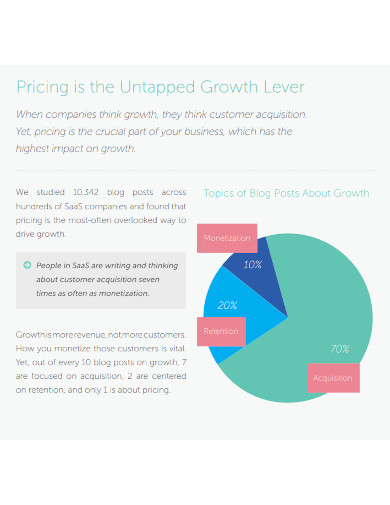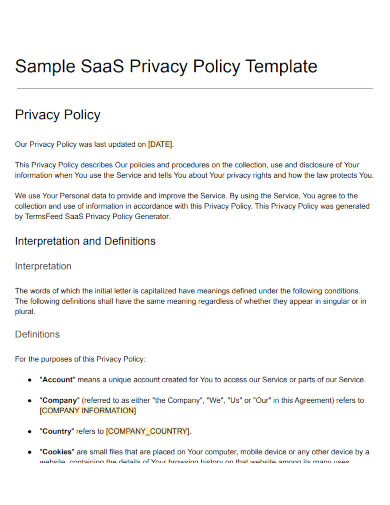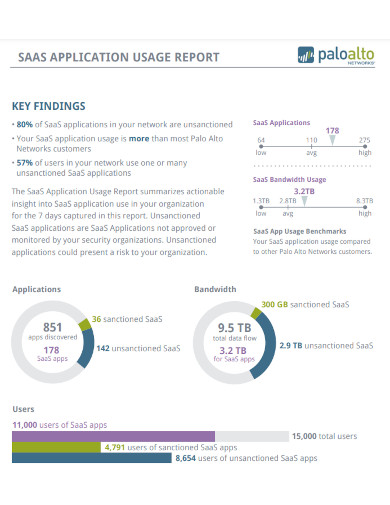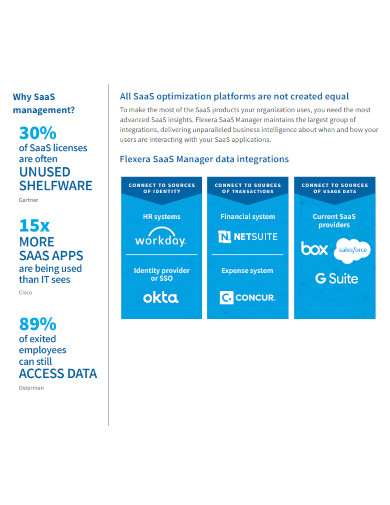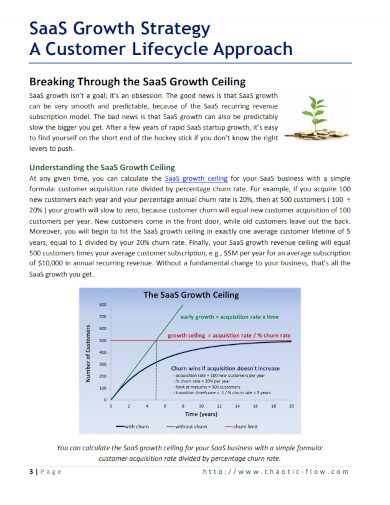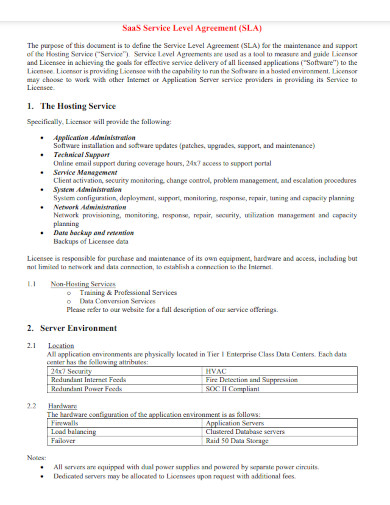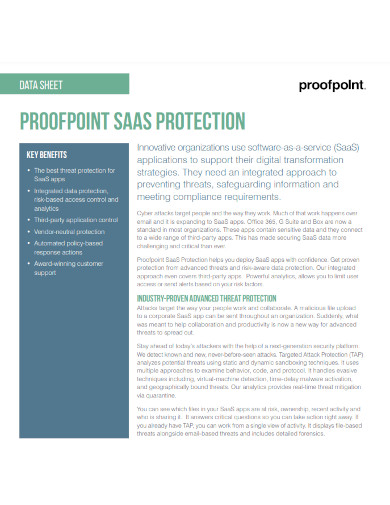13+ Saas Examples
Software as a Service (SaaS) is a cloud-based software delivery order model that enables organizations to access and use software evaluation applications over the internet. With SaaS, users don’t need to download or install software on their local computers, as the software is hosted and managed by a third-party provider. SaaS has become increasingly popular over the years, as it offers several advantages over traditional software delivery models. In this article, we will discuss the benefits of SaaS and how it can help organizations improve their operations management plan. We will also explore the challenges of implementing SaaS and some best practices for successful implementation.
1. Getting Started with SaaS Template
2. Software as a service SaaS Agreement
3. Accounting Alert SaaS Report
4. SaaS Tenant Isolation Strategies
5. SaaS Journey Framework
6. SaaS Pricing Strategy Template
7. Sample SaaS Privacy Policy Template
8. Saas Application Usage Report
9. SaaS Manager Datasheet Example
10. Master SaaS and Services Agreement
11. SaaS Growth Strategy
12. SaaS Service Level Agreement
13. Proofpoint SaaS Protection Template
14. Saas Terms of Service
What is SaaS?
Software as a Service (SaaS) is a cloud-based software delivery model where applications are hosted and managed by a third-party provider and made available to users over the internet. Unlike traditional software, SaaS does not require users to download or install software on their local computers. Instead, users can access the software through a web browser or mobile app development proposal, making it accessible from anywhere with an internet connection.
SaaS providers handle all aspects of software management, including maintenance schedule checklist, upgrades, and security, allowing organizations to focus on their core business functions. The provider also manages a data quality assurance plan, ensuring that the user’s data is secure and protected.
How to successfully implement SaaS
Successfully implementing Software as a Service (SaaS) involves several steps, including planning, vendor contract agreement selection, deployment, and training. Here are some best practices for implementing SaaS effectively:
Step 1: Plan and Define Requirements
Before implementing a SaaS solution, it’s essential to define the business requirements and goals, including identifying the specific business processes that the software will manage and the functionalities required. It’s also crucial to evaluate the current IT strategy plan and ensure that it can support the new system.
Step 2: Choose the Right Vendor
Vendor selection is a critical component of SaaS implementation. Choose a vendor that has a proven track record, excellent customer support, and can provide the required functionality at a reasonable cost. Additionally, consider factors such as data security, privacy policy, and compliance.
Step 3: Data Migration
Migrating data from existing systems to the SaaS platform can be a complex process. Ensure that data is clean, organized, and compatible with the new system. Identify any data migration risks and plan accordingly.
Step 4: Configuration and Customization
Configure and customize the SaaS solution to meet the specific needs of the organization. Ensure that the solution is configured to support the organization’s workflows and data requirements.
Step 5: Training
Once the SaaS system is installed and configured, it’s essential to train employees to use the system effectively. Provide training on the system’s functionalities, data entry procedures, and workflows.
Step 6: Maintenance and Support
SaaS systems require ongoing maintenance and support to ensure that they continue to function effectively. Ensure that the vendor provides timely updates and support.
Step 7: Integration
Integrate the SaaS solution with other systems to ensure that data flows seamlessly between systems. This integration can improve the efficiency of business processes and reduce manual data entry errors.
FAQs
How does SaaS differ from traditional software deployment?
Traditional software deployment involves installing software on local computers or servers, while SaaS applications are accessed over the internet without the need to download or install software locally.
What are the benefits of using SaaS?
Some benefits of using SaaS include cost-effectiveness, scalability, accessibility, automatic updates, and security.
Is SaaS secure?
SaaS providers typically have robust security measures in place, including data encryption and regular backups, ensuring that user data is secure and protected. However, it’s important to select a vendor that meets your organization’s security requirements and standards.
In conclusion, SaaS, a cloud-based software delivery paradigm, is becoming more popular owing to its cost-effectiveness, scalability, accessibility, automated upgrades, and security. Users may access SaaS apps online without downloading or installing software. Third-party providers host and maintain them. Organizations may increase productivity, cut expenses, and improve decision-making by choosing the proper SaaS provider and using best practices.



